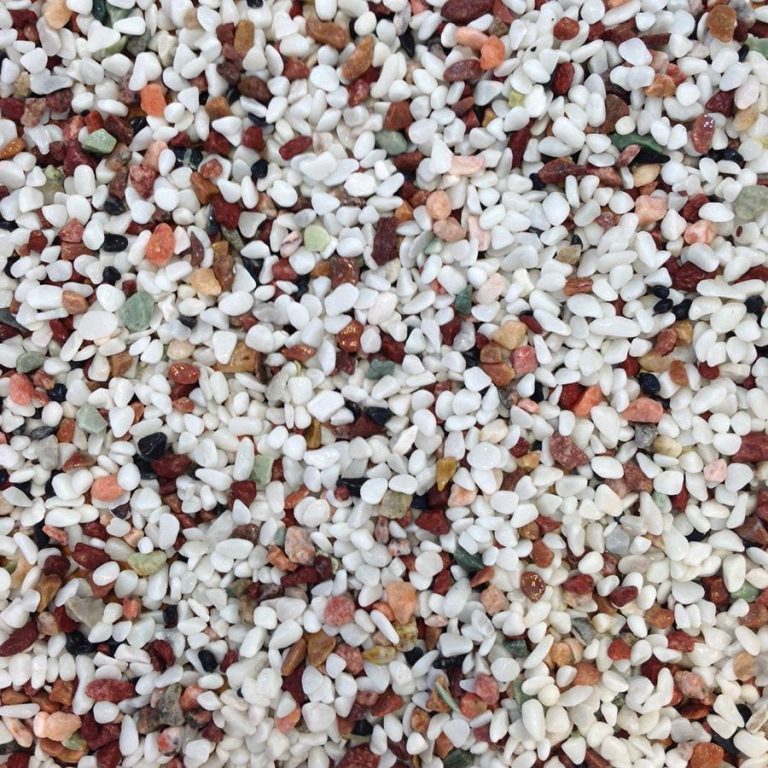Biological filtration for beneficial bacteria may be the most related outcome of aquarium gravel uses. Although bacteria can survive without a comfortable gravel bed, they may not sprout in sufficient numbers to keep their fish safe in the fish tank gravel. The tank’s bottom is left bare; this will be essential to alter the moisture more frequently to prevent harmful waste from accumulating. Even significant water changes would not be enough to maintain ammonia; a rate can help your plants root and meet their nutritional requirements in planted tanks of nitrites at the harbor if the chamber is heavily stuffed.
Fish Habitat
It provides hiding places for fish, especially those who like to burrow, and enrichment for bases who prefer to scavenge through the substrate for pieces of food. It also helps reduce internal reflections, which can stress fish. The substrate also can help improve the water’s composition if the fish necessitate hard water.
Plants in their Natural Habitat
An adsorbent is second to only shining to keep them alive if you have plants—a suitable subset.
Laterite and vermiculite, which release nutrients to plants, are prevalent substrates for these tanks. They’re most commonly used in conjunction with gravel. Furthermore, a few aquarium plants with thicker roots require more substrate detail, so keep that in mind when setting up the tank.
Finally, a few people believe that brightly colored gravel could stress fish because it does not resemble their natural habitat. Fish with a weakened immune system are more likely to be stressed.
